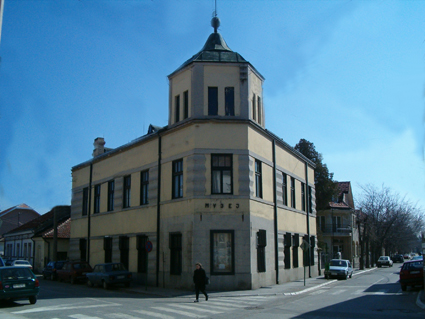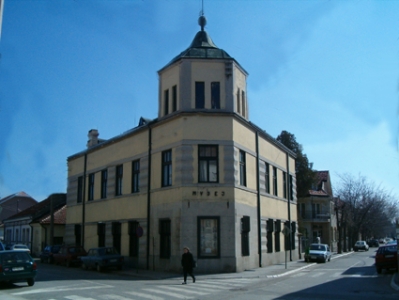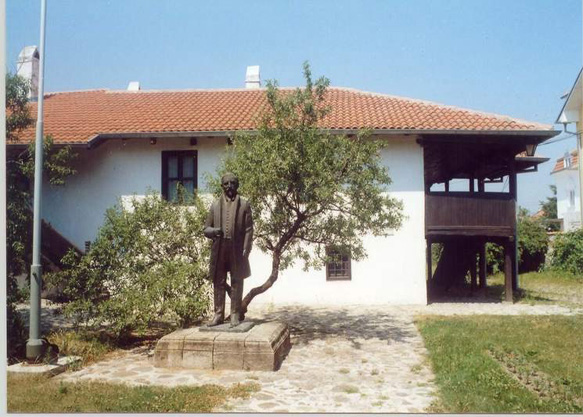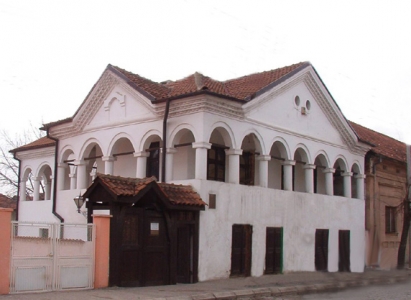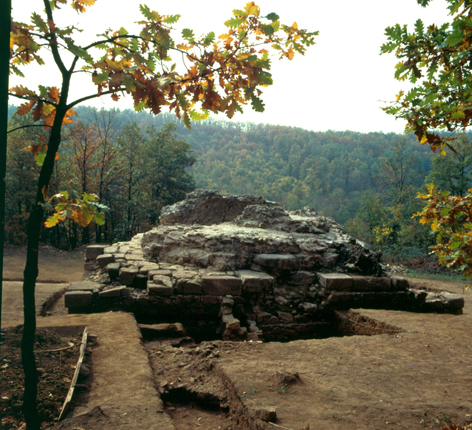Museum in Negotin was founded on 16th February 1934. by the decision of Moravian Ban based in Nis, on the initiative of the people from Negotin. The original name of the museum was “Hajduk Veljko City Museum”. Facilities for the work of the Museum were provided by two great benefactors and founders of the Museum: Petar Tipa, school inspector of the Ministry of Education and Milan Radojevic, school foreman. The museum in the beginning had the archaeological, scientific, numismatic and collection of books.
Today in the fund of museum there are about 15,000 objects, many of which are placed in permanent settings in the three representative object, which themselves are cultural goods: the The Krajina Museum, birth house of Stevan Mokranjac and The Hajduk Veljko`s museum. In addition, the Krajina Museum has activity on archaeological site – residential memorial complex Vrelo Šarkamen (III – IV century).
The Krajina Museum consists of the archaeological, ethnological, historical and artistic collection of images and icons. Among the most important exhibits is extracted altar (found in Rudna Glava near Majdanpek 3500 BC), the god Neptune statue (bronze – 1th century), sculpture of Jupiter Dolihen (pilgrimage in Brza Palanka III-IV century), Serbian medieval collection of jewelry, etc..
The birth house of Stevan Mokranjac includes postulate which is performed in the ambiance of old-style town house from the end of 19th century. On the upper floor of house there is the ethnological postulate with significant objects from the time of the famous serbian composer.
The Hajduk Veljko`s Museum is placed in the building that impounds the beauty of that style, the house of the Duke of Negotin from the middle of the 19th century – house of the Duke Todorce. The museum postulate is dedicated to the hero from the first Serbian uprising, Hajduk Veljko. The museum is the subject of weapons and the Serb rebellion, household objects from the nineteenth century and exhibits incurred as a result of artistic inspiration on Hajduk Veljko.
The late ancient site of Vrelo Šarkamen is located 25 km west of Negotin. This residential-memorial complex comes from the Roman authorities (III-IV Century). The researches were carried out in one of the five visible objects mausoleum of the empress-mother,in 1996 it was found the set out the emperor’s golden jewelry (located in the National Museum in Belgrade), from the time of regency of Maksimin Daja.

